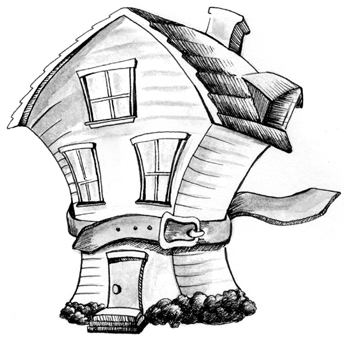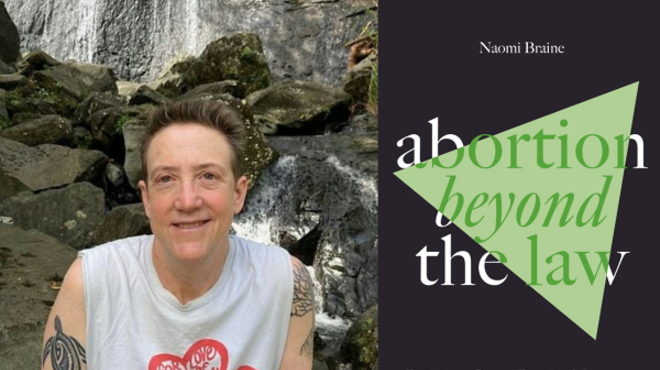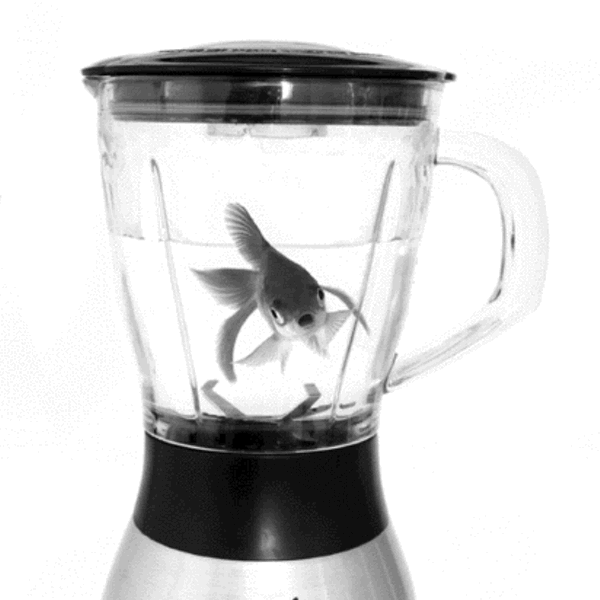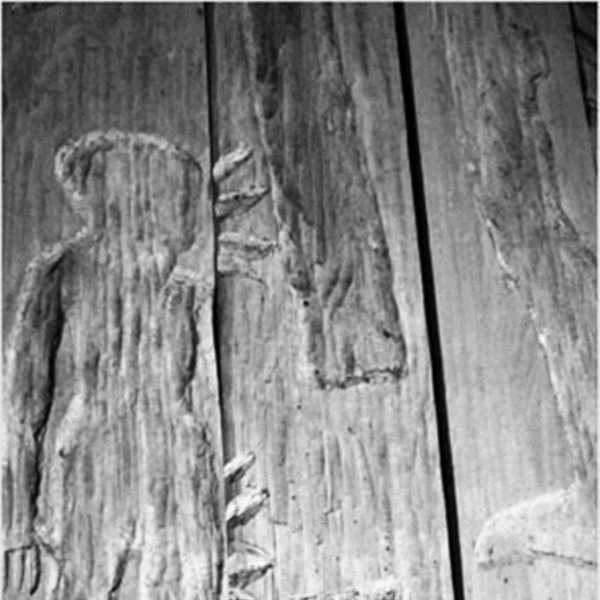But while Katrina’s initial cause (never mind the ways in which malfeasance worsened its effects) was a blameless force of nature, the subprime crisis can plainly be laid at the feet of human greed and naïveté—played out in syndromes that Jack M. Guttentag, Professor of Finance Emeritus at the Wharton School of the University of Pennsylvania and founder of GHR Systems, Inc., a mortgage technology company, calls “payment myopia” and “disaster myopia.”
The two varieties of shortsightedness share a common element, says Guttentag: the faith that housing prices would simply keep heading skyward, allowing equity to increase steadily and reliably, a rising tide that would never recede. Aggressive marketing techniques aimed at unlikely homebuyers coupled with low interest rates in the wake of the dot-com crisis led many to convince themselves it was safe to buy more house than they could afford, or drain the equity out of their property in order to refinance credit card debt—and then run out and accumulate more debt.
The marketing certainly was aggressive, the ploys tempting, as anyone who’s watched any late-night TV can attest. Guttentag offers an example: “Periodically I receive an advertisement from a subprime wholesale lender rep advertising what is available from his firm. (He thinks I am a mortgage broker.) One came to me on April 19, 2007, showing that a borrower with a credit score of 620 [a low rating] could qualify for a loan of $650,000 with a down payment of 10 percent. Checking back in my “Deleted Items” archive, I found a message from the same rep dated June 20, 2006. At that time, he was offering the borrower with a 620 score a loan of $1 million with nothing down.”
As the saying goes, if it sounds too good to be true, it is.
Subprime loans in themselves, say Guttentag and other experts, are not always a bad thing. “Subprime mortgage instruments have traditionally been very useful to certain buyers who might be less traditionally qualified, but can afford them,” says Laurie Della Villa Miller of PRG Realty in New Paltz. “But banks, unfortunately, have given money to people who can’t.”
Steve Carle, vice president of mortgage originations at the Mid Hudson Federal Credit Union, agrees. “They’re now calling these ‘nonprime’ loans, and if it’s done right, it’s reasonable,” he says. “But relaxed qualifications led to a lot of trouble—$100,000 for $500 a month? The focus on ability to repay got lost on both sides.”
The curious thing about financial markets is just how vulnerable they are to perception. For all the talk about another Katrina, Carle points out, foreclosures actually peaked in 2000. “Delinquencies and foreclosures are actually lower now, but all the disaster talk can become a self-fulfilling prophecy,” he says. “People lose faith, others think it’s all right to walk away—it can spiral.”
This is true as well in the world of securitization. “Virtually all subprime mortgages are converted into mortgage-backed securities that are sold to investors. These securities are actively traded and are therefore under constant surveillance by investors, traders, and rating agencies,” Guttentag explains. “Bad news about defaults surfaces quickly and is quickly reflected in lower market prices of securities. The value of loans in the pipeline—on the way to securitization but not there yet—also drop.”
Unsurprisingly, regulations on both lending itself and the manner in which mortgage loans are sold and securitized have begun to tighten in reaction. Quasi-governmental agencies Fannie Mae and Freddie Mac have been issued new guidelines by their regulators on how to handle subprime loans. About $170 billion dollars worth of the securities held by the two agencies are in subprime loans, and both have committed to buying more.
For individual homebuyers affected by the crisis, whether help is available may depend on just how bad their situations really are. Those who bought a 100 percent financed house with zero equity, simply hoping that the market would continue to rise, and those who drew down their home equity to create artificial liquidity in the face of unchecked spending and overpriced credit card debt, are unlikely to find anyone rushing to help. “The political roar is now, ‘Hey, we’ve got to help these people,’ says Carle, “and there will be efforts. Sunny Mae, which is a New York state organization, has teamed up with Freddie Mac, and they’ve created something called Keep the Dream. They’ve pledged a hundred million dollars to help. It’s an attempt. Will it help everyone? No.”
“Some people are not salvageable, and there are going to be some tragedies,” says Della Villa Miller. “The government should not bail out banks to try to save every last person out there who got burnt. But if you have some equity, some stability, and are struggling, investigate what is going on with the FHA [Federal Housing Administration]. They can help refinance some adjustable rate loans.
“In the Northeast, foreclosures are miniscule. I think it may be because we see buyers who have the education and sophistication to be more careful.”
Locally, home sales and prices have remained steady. “After a huge inflation, the last little piece of it—that was based on rising expectations—will always get lopped off. It’s fluff. That’s the market adjustment,” she observes. “But prices around here are still high and they’re not going to plummet unless there’s a complete national disaster. Buyers right now are affected by all the negative information—it’s a pent-up market, with everyone waiting to see what will happen.”
The experts concur, though, that there’s no need for the average homeowner to do anything differently. If you’ve got equity and need cash, want to move up, or are otherwise considering a major financial move, things are not necessarily any riskier or safer than they’ve ever been. The necessity of dealing with reputable lenders and reading the fine print has been underscored, but it’s nothing new. “I don’t understand,” says Carle, “why anyone facing the biggest transaction of their financial life would not go to a reputable institution in the first place.”
“But it’s out there. I sold my own house in 2006—bought it in 2000 for $100,000, sold it last year for $289,000 to people who had a subprime loan. I wouldn’t be surprised to hear it had gone into foreclosure.”

















